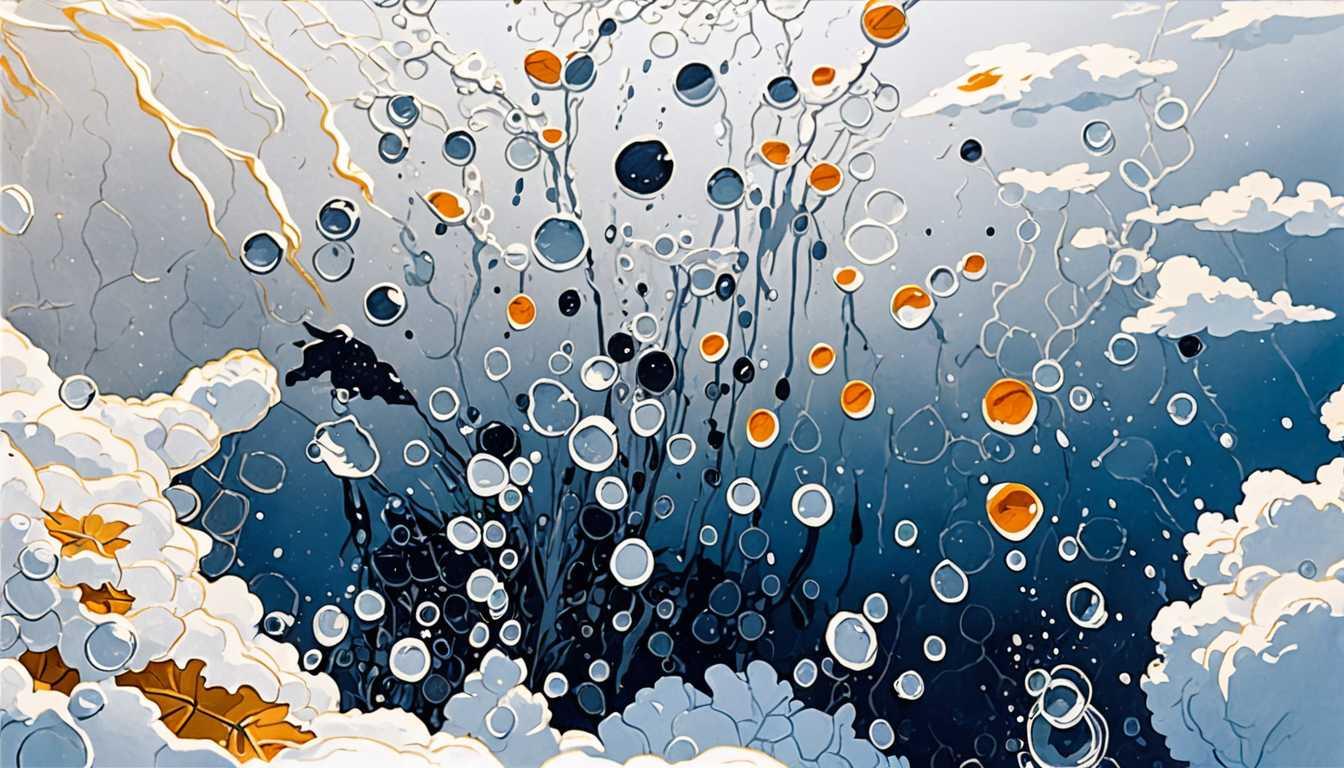Turning Toxic Water Safe: A Simple Science Win
August 2022
University of California
Introduction
Imagine a world where even rainwater isn't safe to drink, thanks to pesky "forever chemicals" called PFAS, lurking in our water like uninvited party crashers. But fear not! A team of chemists from UCLA and Northwestern University have become the heroes we didn't know we needed. They've concocted a simple yet genius method to break these tough chemicals down, using nothing more than some common solvents, a dash of heat, and a sprinkle of science magic. No capes required, just a bit of chemistry to make our water safe again. Dive into the details with this eye-opening article from the University of California and see how science is making strides against environmental villains.
READ FULL ARTICLEWhy It Matters
Discover how this topic shapes your world and future
The Quest for Clean Water
Imagine a world where even the rain falling from the sky isn't safe to drink, all because of tiny, nearly indestructible chemicals called PFAS. These "forever chemicals" have snuck into our water, posing a threat to our health and the environment. But here's the exciting part: scientists have found a clever way to break these tough chemicals down, making water safe again. This discovery isn't just cool science—it's a beacon of hope. It shows how innovation can tackle global challenges, making our planet a safer place for all its inhabitants. For you, this could mean safer water to drink and a healthier environment to live in. Plus, it's a fantastic reminder of how understanding and protecting our planet can lead to groundbreaking solutions that benefit everyone.
Speak like a Scholar
Per- and polyfluoroalkyl substances (PFAS)
A large family of human-made chemicals that have been used in various products since the 1940s. They're known for being tough to break down in nature.
Carbon-fluorine bond
One of the strongest bonds in organic chemistry, making PFAS resistant to environmental degradation.
Dimethyl sulfoxide (DMSO)
A common solvent used in the lab, which played a key role in breaking down PFAS in this study.
Sodium hydroxide (lye)
A strong base used in various chemical reactions, including the innovative method to degrade PFAS.
Quantum mechanics
A branch of physics that deals with the mathematical description of the motion and interaction of subatomic particles. It was crucial for understanding how PFAS break down.
Mineralization
The process of converting organic compounds into inorganic substances, like turning PFAS into harmless materials such as fluoride, carbon dioxide, and formic acid.
Independent Research Ideas
Exploring the environmental impact of PFAS in local water sources
Dive into how these chemicals affect your own community and what can be done about it.
The role of quantum mechanics in modern environmental chemistry
Uncover how cutting-edge physics helps solve real-world problems, like cleaning up pollution.
Innovations in breaking down other tough pollutants
Investigate how the approach used for PFAS could be adapted to tackle other persistent environmental contaminants.
The health implications of long-term exposure to PFAS
Explore the connections between PFAS in the environment and health issues in humans and animals.
Sustainable alternatives to PFAS-containing products
Seek out or imagine new materials that could replace PFAS in everyday products, reducing future pollution.
Related Articles

Electrified Charcoal: A New CO2 Solution
June 2024
University of Cambridge

Greenhouse Gas to Gold: Cornell's Magic
October 2023
Cornell University

Gold's Secret Power in Pollution Cleanup
July 2024
Cornell News Highlights

Ocean's Ally in Climate Battle
October 2023
MIT Technology Review

Turning E-Waste into Gold for Sustainability
January 2025
Cornell News Highlights